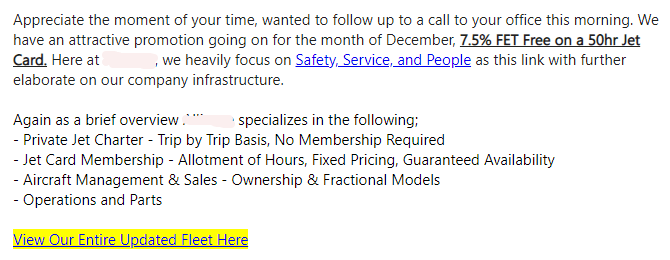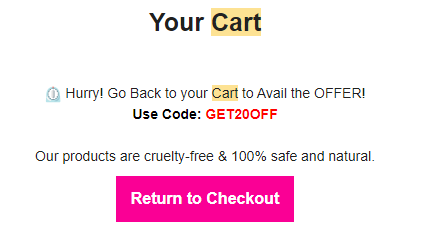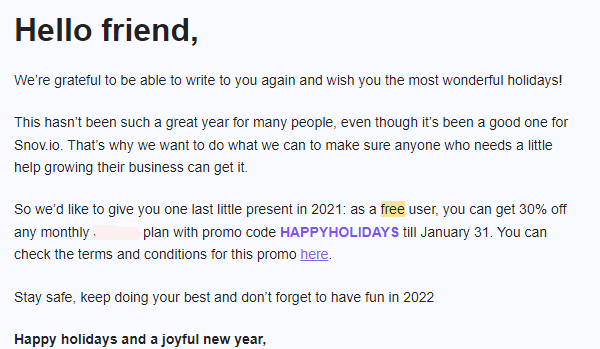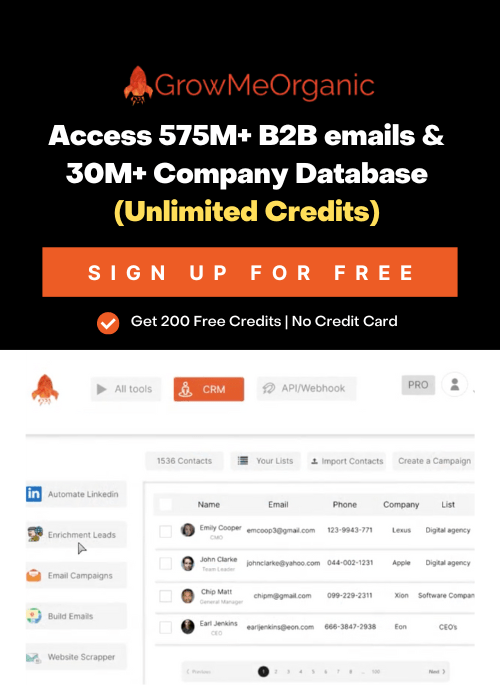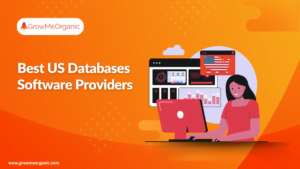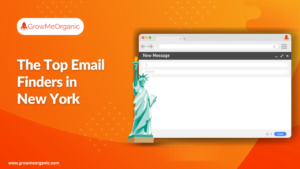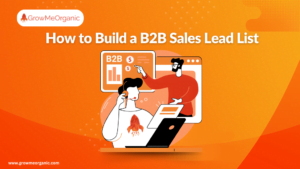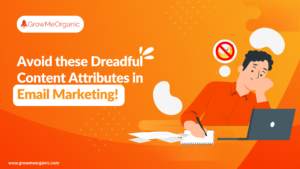A post-purchase email should not be overlooked as another part of your e-commerce email strategy. Sure, you could ignore them if you only care about new customers and aren’t counting on your existing ones making another purchase.
The most cost-effective way to drive repeat orders from existing customers is through ongoing engagement after the sale, which is crucial for most e-commerce businesses.
Check out this article to learn everything you need to know about post-purchase emails and how they can delight your customers.
Post-purchase emails: What are they?
In e-commerce marketing, post-purchase emails are follow-ups that are sent out after a customer receives their order (so they aren’t transactional emails). This is usually an automated email and the message is based on when the customer made their purchase.
For instance, You might send your brand a product review request ten business days after a customer buys something, but immediately after your brand sends the order confirmation email, you might request a testimonial.
If you send your customers a follow-up email after a purchase, you can give them valuable information about their orders and confirm their details, which is especially useful if they have ordered the wrong product or entered an incorrect address.
Additionally, you can use them to inform your customers about your brand and products, and why it was a wise decision to choose you, which will, in turn, help you increase brand awareness and customer loyalty.
According to Klaviyo data, post-purchase emails are more likely to be opened, clicked, and generate 90 per cent higher revenue per recipient (RPR) than average emails. You will lose repeat customers, too, if they’re just promotional and pushy.
A few examples of Post-Purchase Emails
The post-purchase campaign can be tailored to the customer’s buying habits, product lifecycle, and customer lifecycle. This section will examine the different formats of emails that drive retention.
Discount for next order
An upsell is a post-purchase email that drives repeat business. In upsell emails, specific items can seem very presumptuous and inaccurate. If you wish to offer your customers a discount code for their next purchase, for example, you could suggest that they add an accessory to the clothing item they just purchased.
To emphasize the connection between products, you can make the coupon category-specific. This is also a good way to get some attention for a category that doesn’t get much attention on its own.
Providing a solution to browsing Abandonment
There are ways to combat browser abandonment – people who browse your website but don’t buy. There are ways to combat browser abandonment – people who browse your website but don’t buy. Provide them with an incentive to place an order by sending them an email.
Unlike many win-back emails, this one would include the viewed product(s) in the email so the customer remembers them well. Furthermore, since this is a post-purchase email, you can track the customer’s behaviour on the site for each of their visits through a CRM like GrowMeOrganic.
Those who have left several times after viewing the product should only receive a special offer.
Tips for effective use and maintenance
A good post-purchase experience is as important as a good conversion rate. To encourage repeat purchases, customers must enjoy the products they purchase. You can explain more about the product, how to use it, and how to take care of it with post-purchase emails with lots of content.
As a result, your product will be used more and customer satisfaction will rise. You’ll be their first choice when they need another purchase. Email campaigns of this kind can be tailored by product ordered, making engagement more personalized.
Product Reorder Reminders
Every e-commerce brand should use replenishment reminder emails after purchase if the product makes sense to be reordered (we’re sorry, baby strollers and bridal gowns).
To send your emails at the right time, find out how often your customers shop in your store. The same tactics can be used for pet food, socks, and home supplies.
Cross-selling and reorder campaigns can be used to sell something like shoes or plants, however. You may only order your main product once, but you will need accessories as well.
A post-purchase email campaign is a great way to keep customers coming back.
Long-term VIP offers
You can reward repeat customers even without an official loyalty program. Send after-purchase emails with better and better offers, specials, and VIP perks. Your customers will stay loyal to you if you inspire them.
For instance:
- If a VIP customer leaves your website because the size they usually buy isn’t in stock, find it and send an email to the customer.
- The discount scale is proportional to the customer lifetime value (more about lead scoring).
- Provide free shipping during a limited period.
- Give them an exciting unboxing experience with freebies and branded merchandise.
Repetition of successful campaigns
Take a look at your email reports – which types of campaigns did well in your email campaign? Do you know if it was 70% off or curated by an influencer?
Next, create the same campaign for those who converted, but with a different product. Send more campaigns of this type if they liked it.
Request a Product Review
An email asking for a review is the most logical way to follow up with a customer after a purchase. Customer feedback can be used to improve any e-commerce business product.
A person’s loyalty to something grows as they become more involved with it. Getting feedback from customers builds trust.
You’ll have more confidence in your brand’s following if you participate in the process. Consider adding new colours and variants to your product line. Invite them to suggest new products as well. You may be surprised by their suggestions, but they are an honest look at what they want from you.
Long-term loyalty is driven most effectively by emails that don’t directly sell. You can realize those ideas if you go ahead with them.
About Post Author
Anant Gupta
Growth Hacker, Marketing Automation Enthusiast & Founder of GrowMeOrganic

